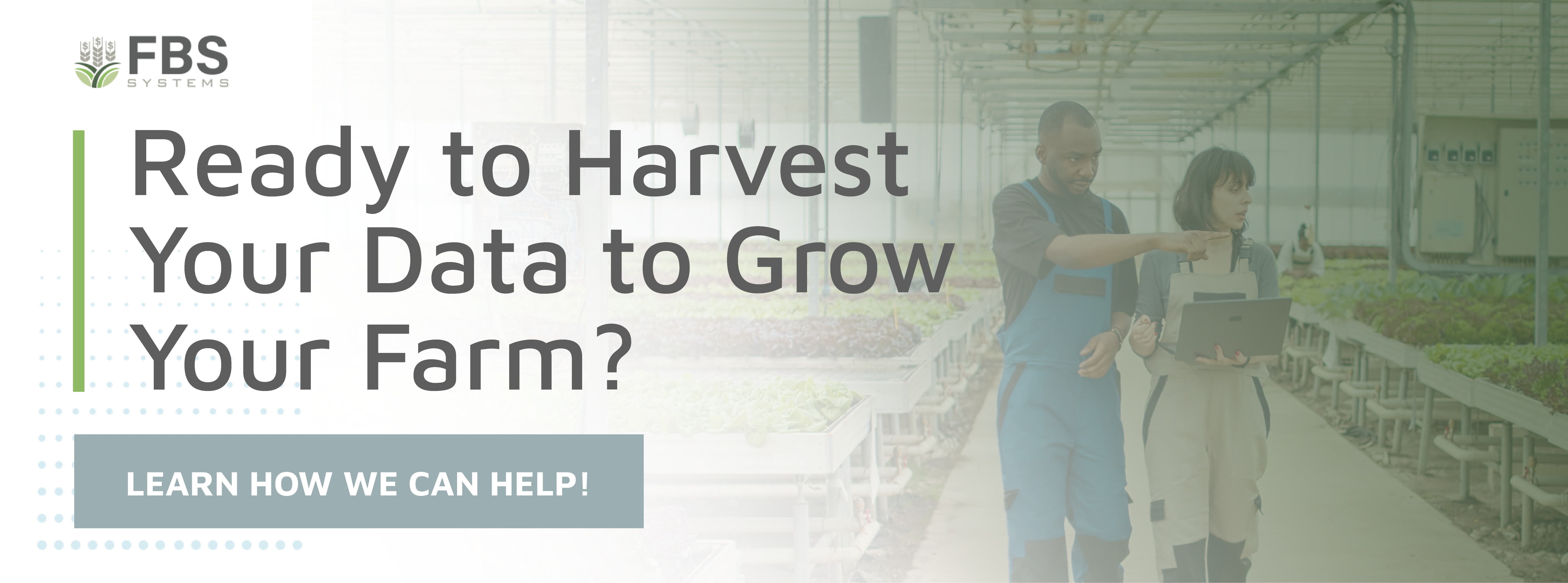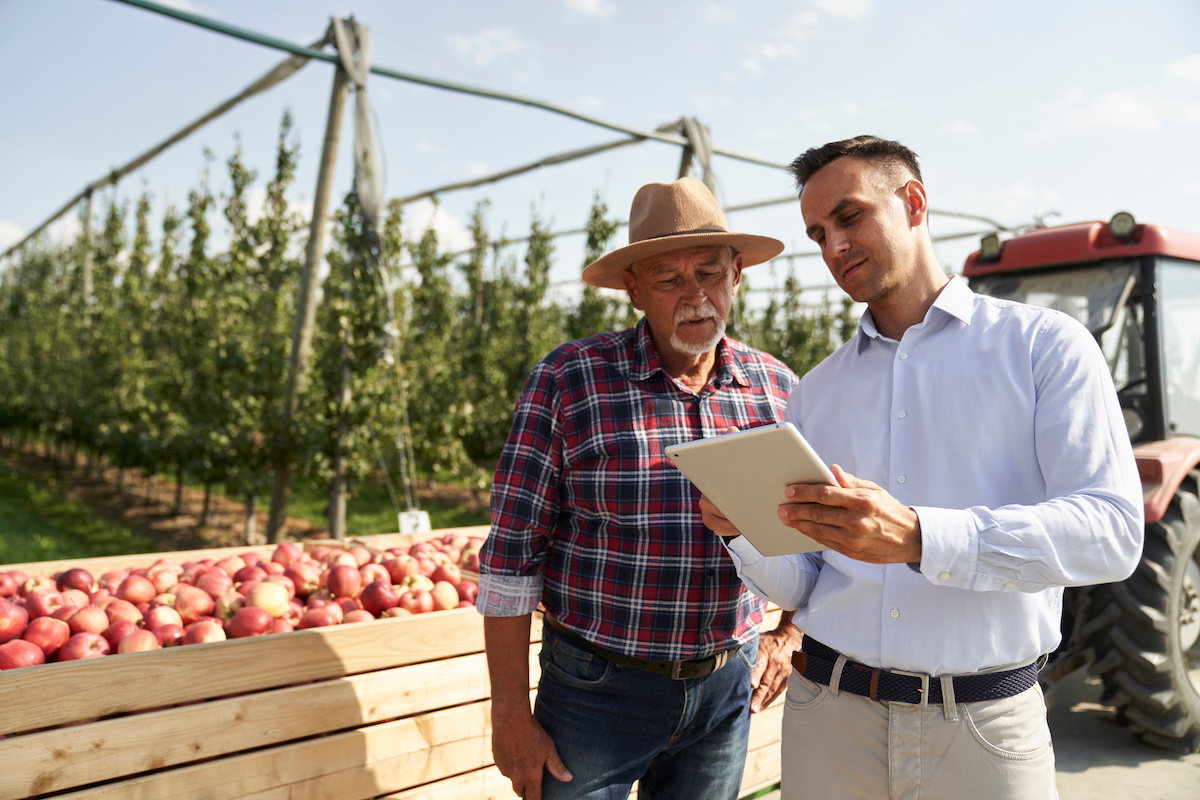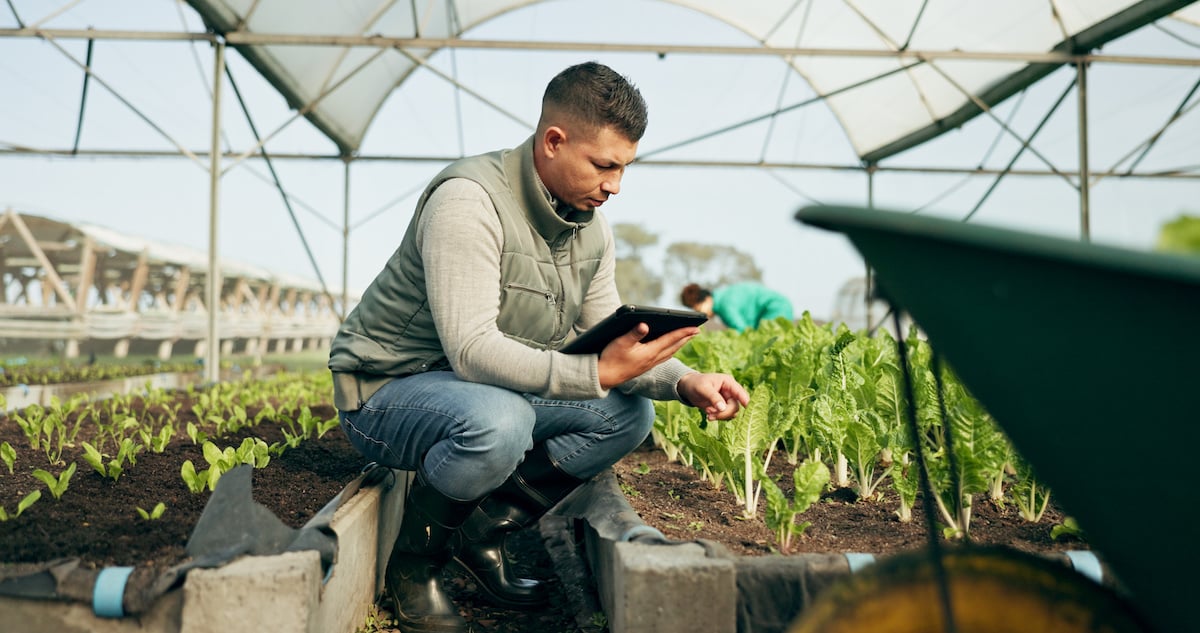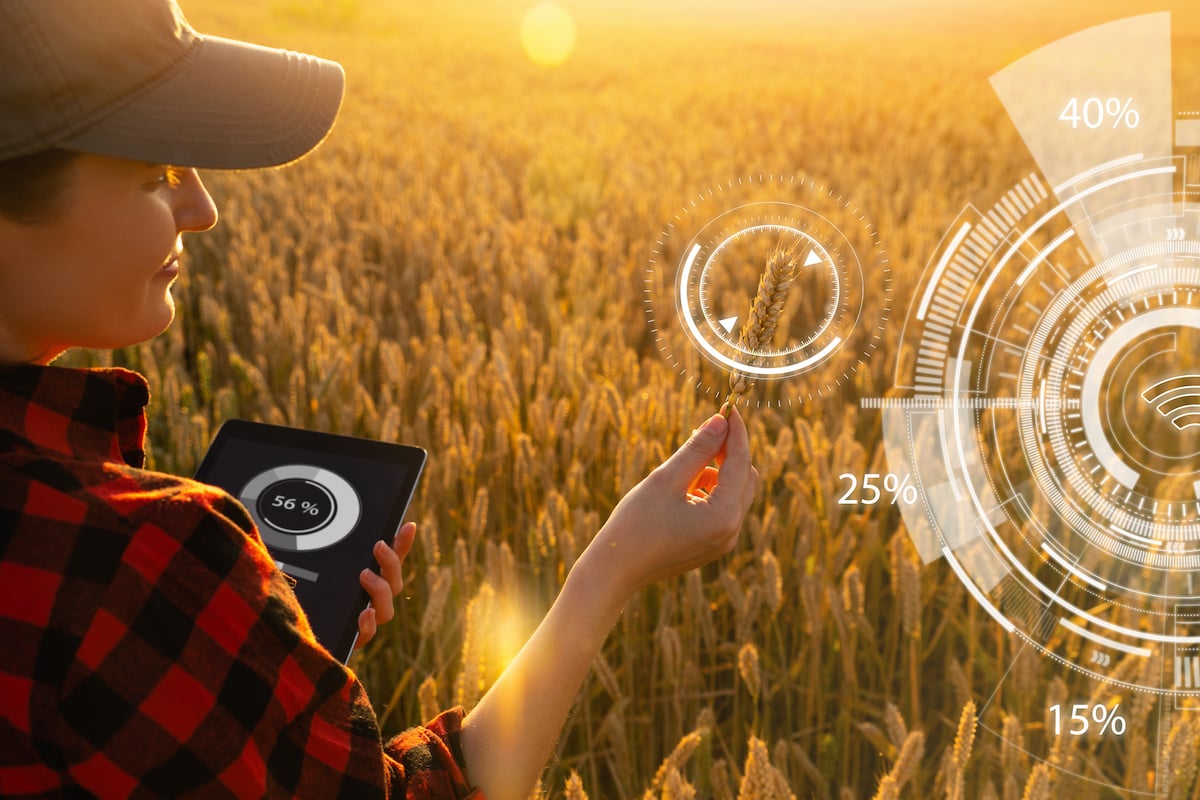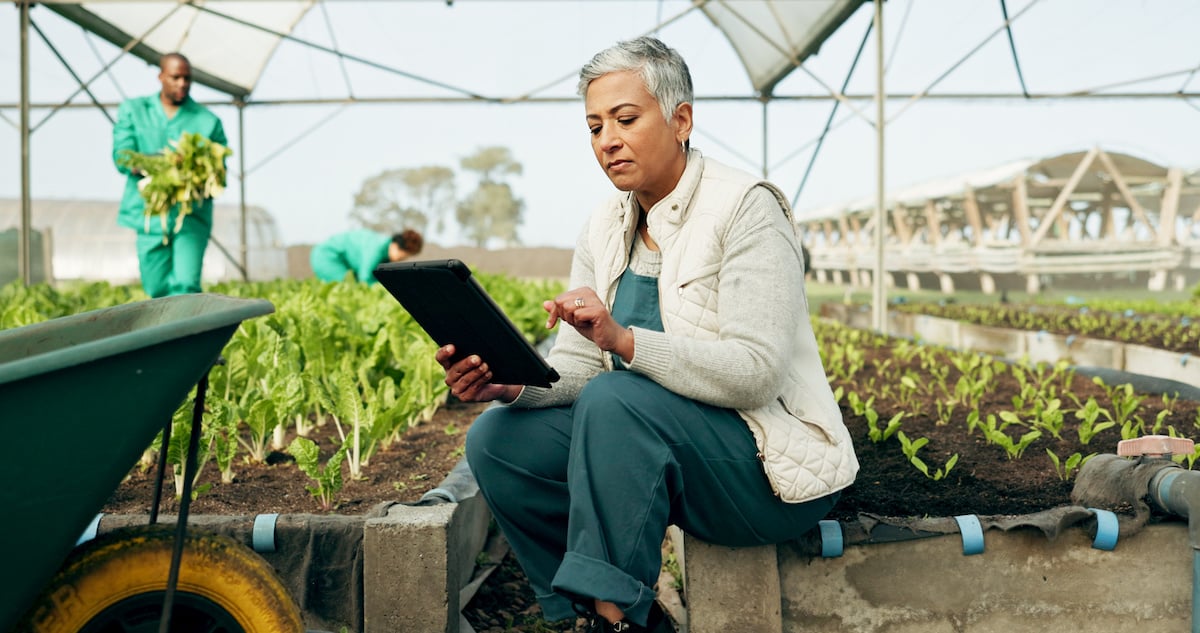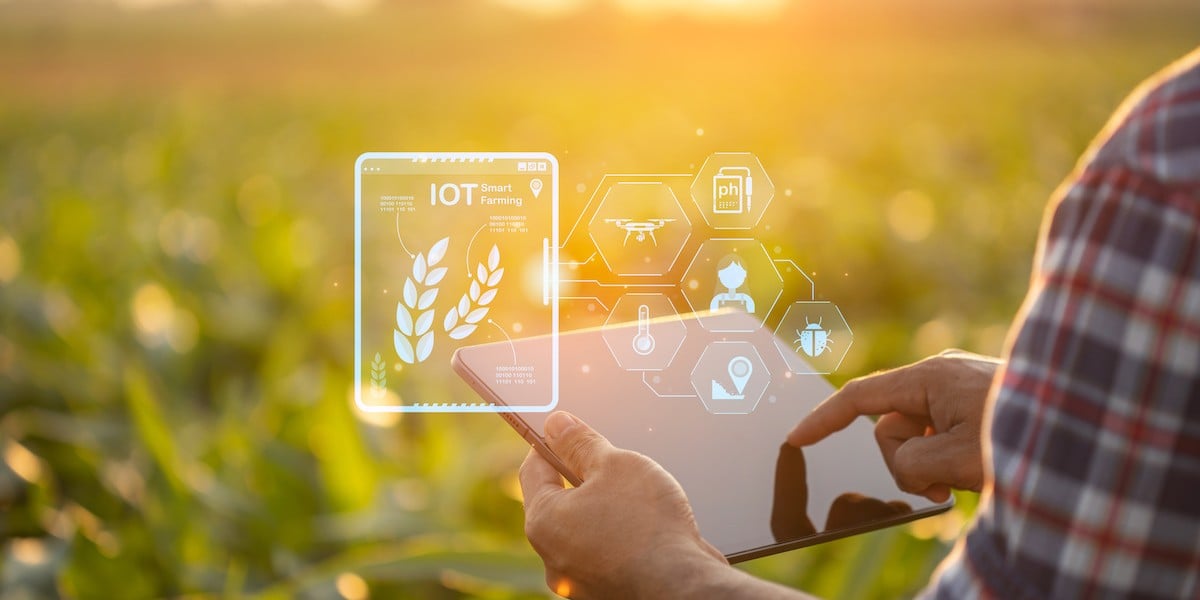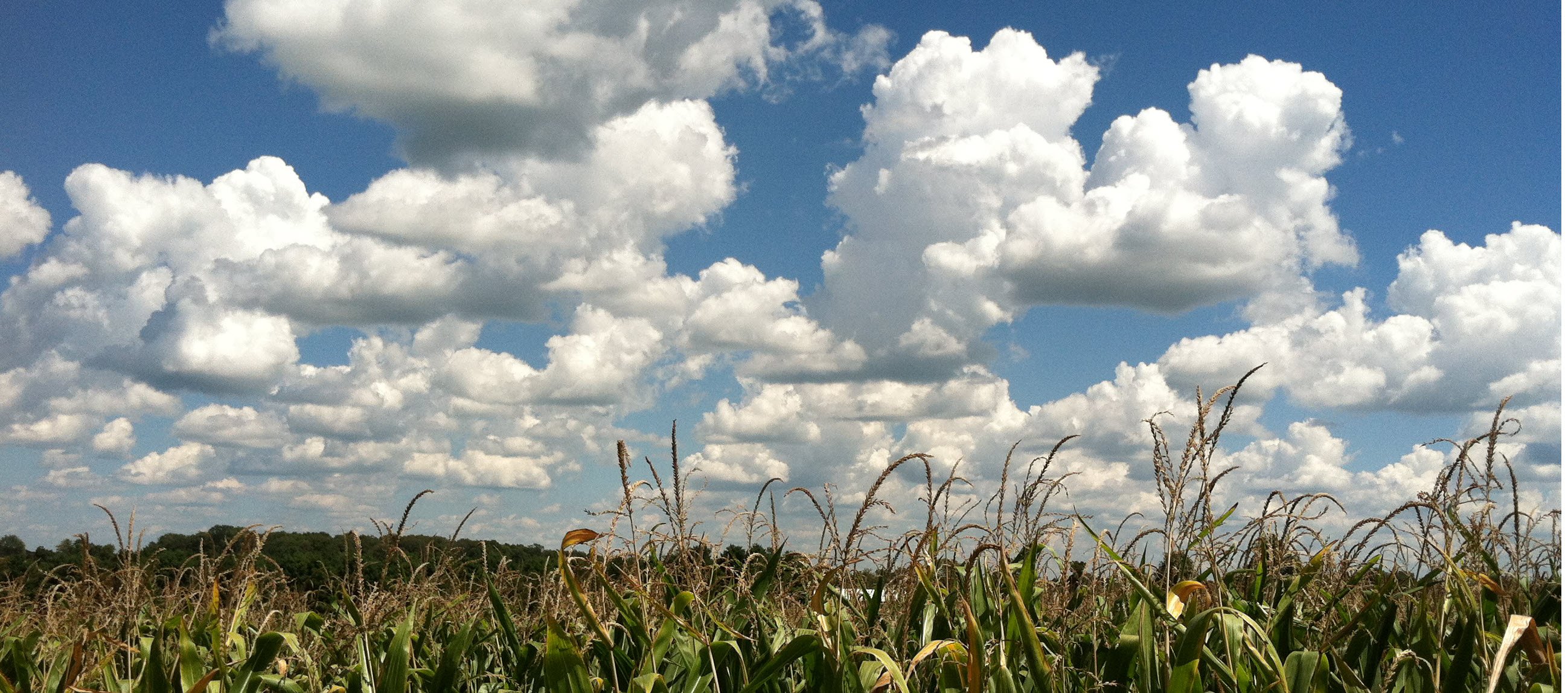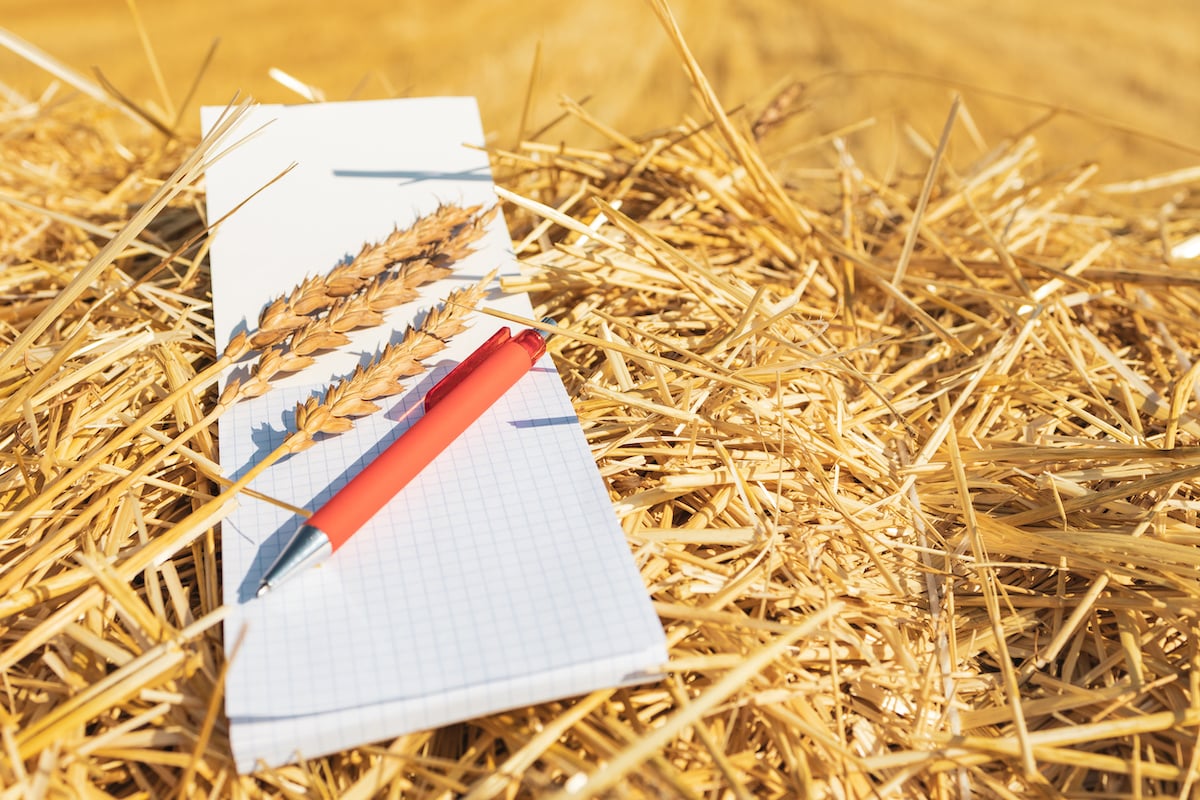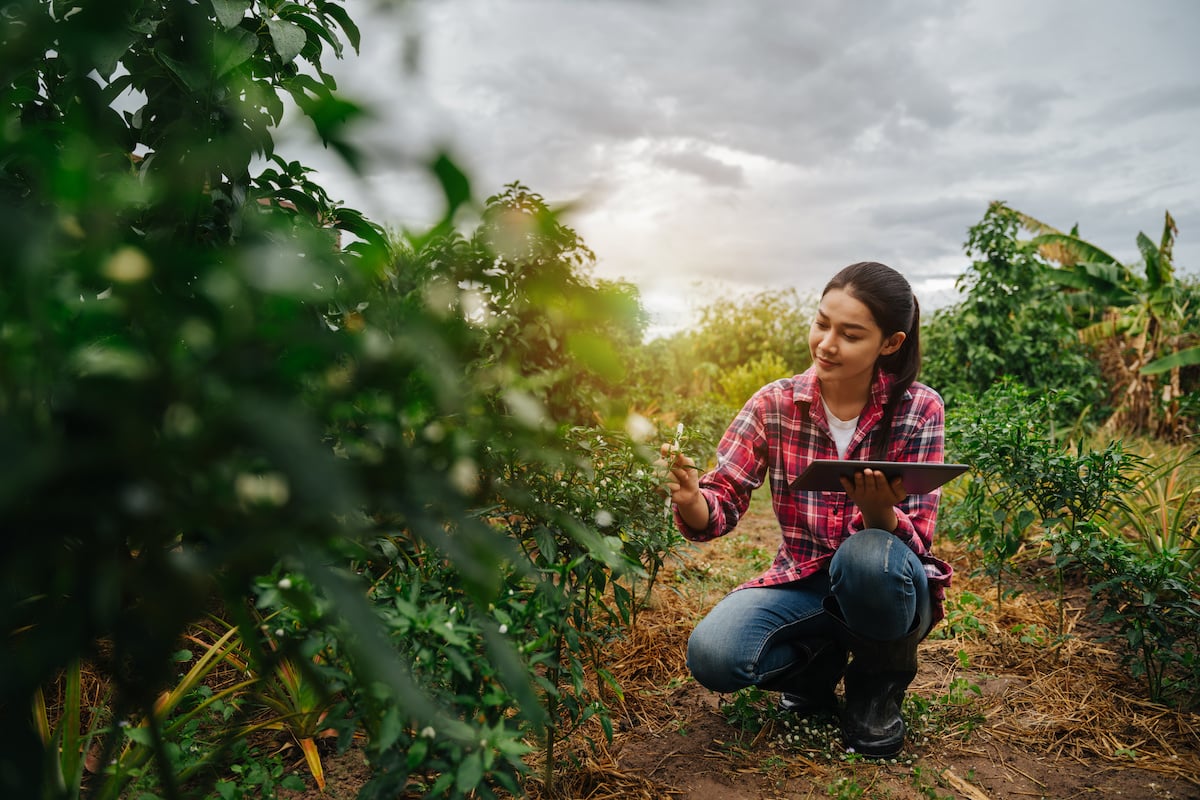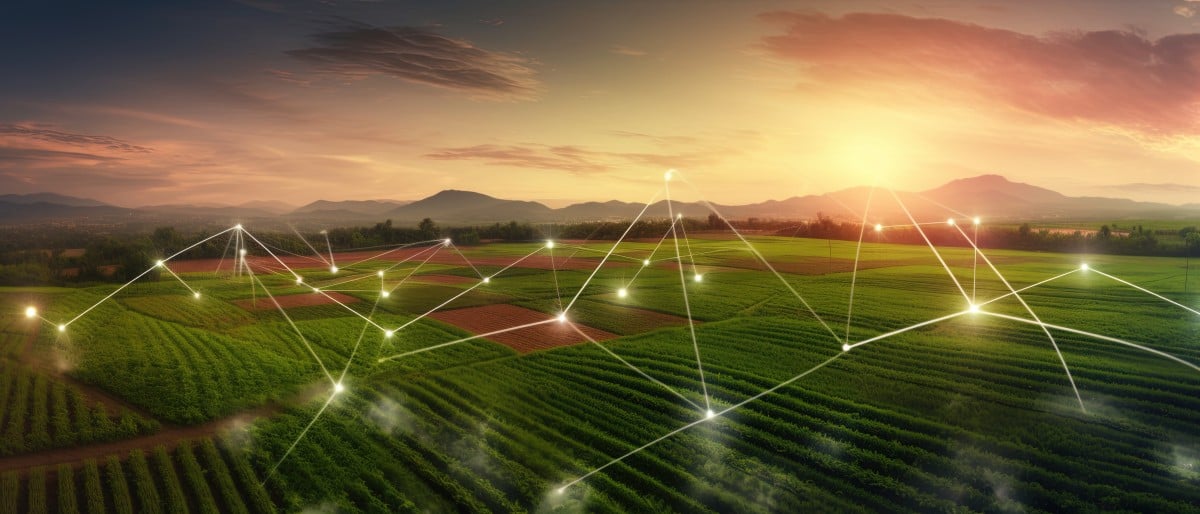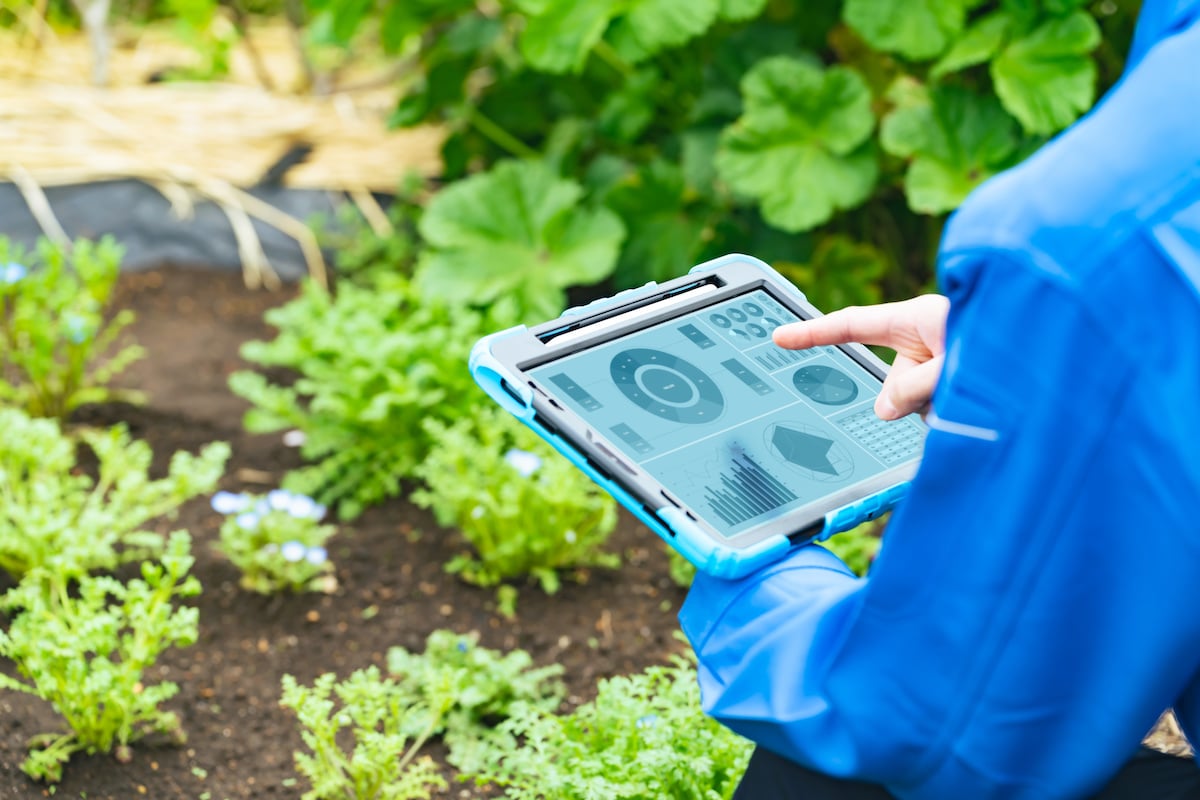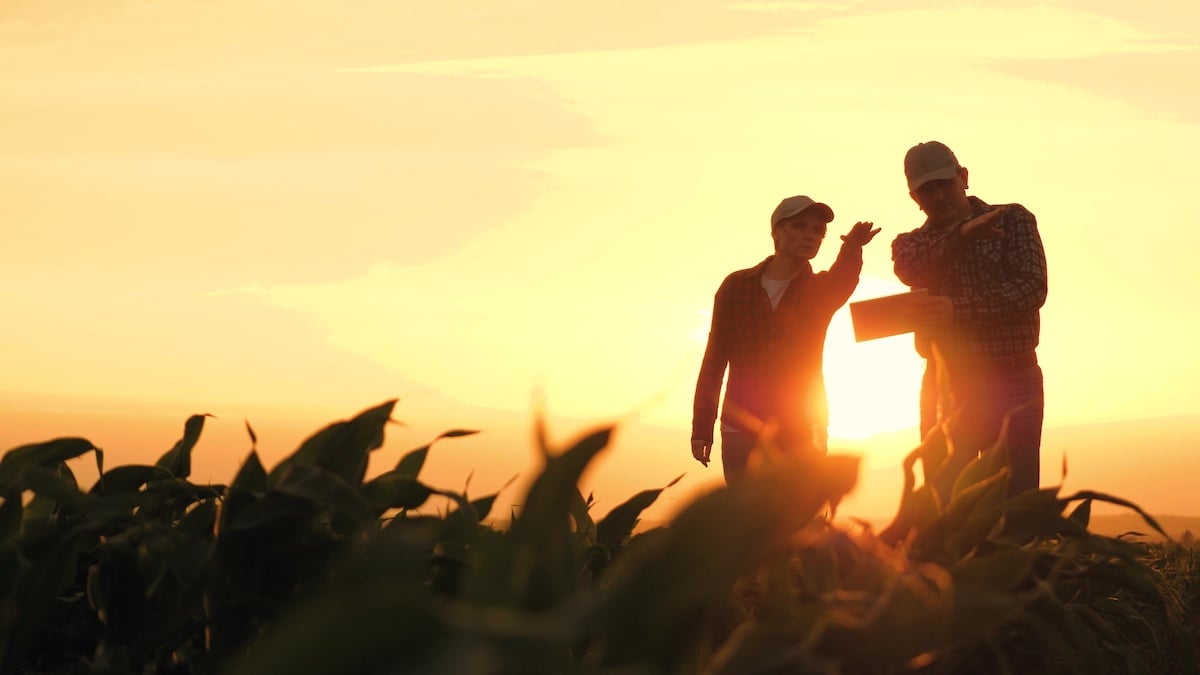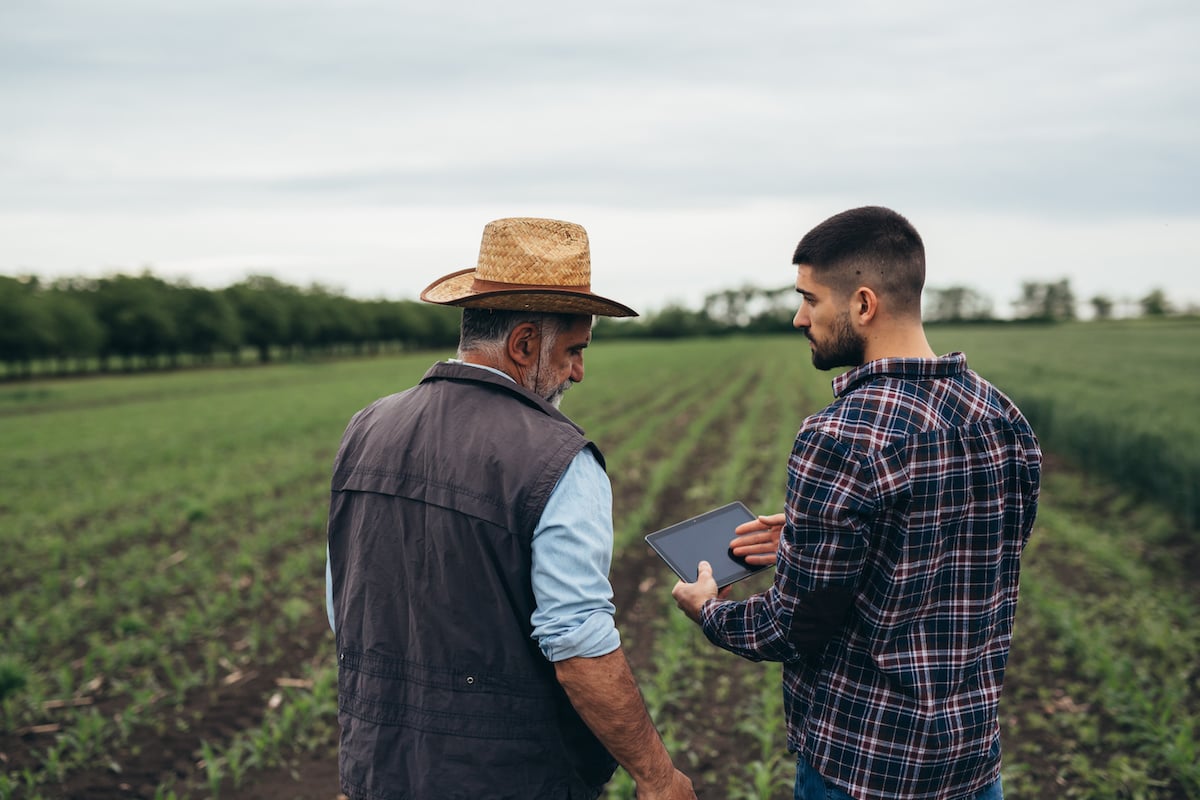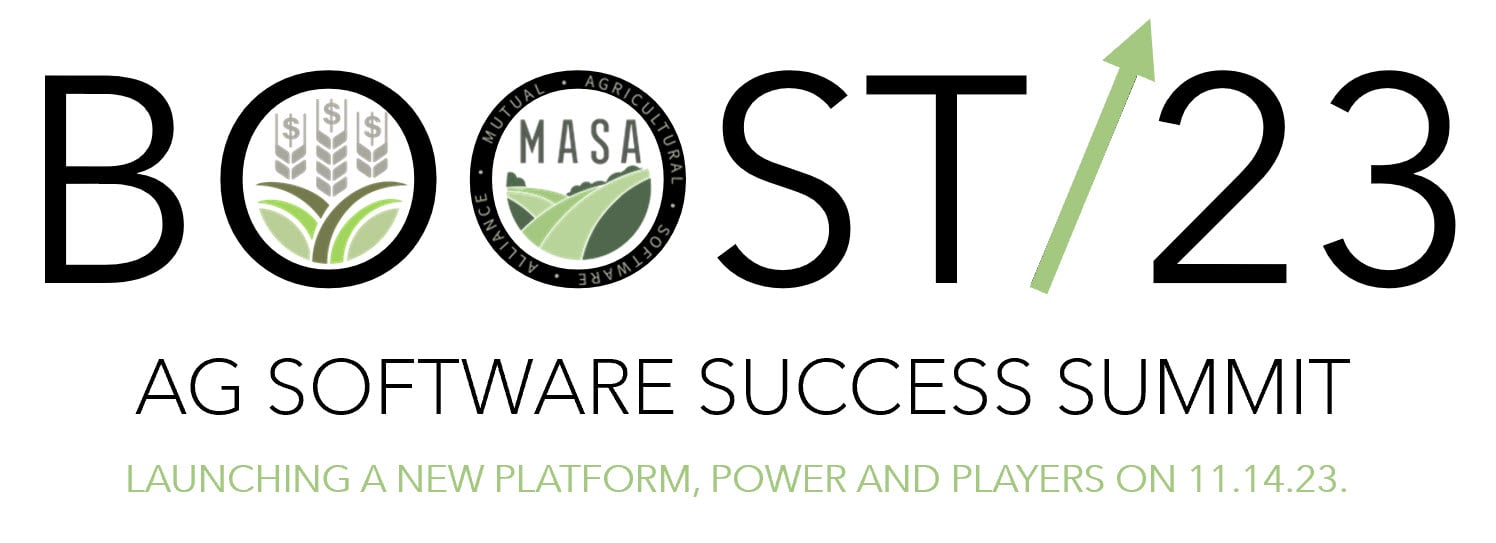Farm data can be invaluable for helping farmers improve their operations for greater productivity and profitability. Data from your fields or profit centers can help you identify what’s driving costs on your farm versus what’s driving profits for your farm.
But, between tracking data for animal health, crop production yields, price forecasts, feed costs, payroll, tax information, accounts payable, accounts receivable, shipment loads, inventories, individual transactions, watering analytics, fertilizer management, farming machine performance and maintenance data, there seems to be an endless stream of data for farmers to parse.
Is there too much data for farmers? Or is it a question of how that data is leveraged? What we need is a system that lets us use all of this data without getting overwhelmed and that’s where a farm ERP comes in.
The Challenges of Managing Farm Data
Modern farming operations are incredibly complex. To maintain profitability, farm owners and operators need to squeeze every last drop of value from every acre of land, head of livestock, and piece of farming equipment.
There are several challenges to managing farm data:
- The Scale of Modern Farm Data. Modern farmers are collecting more data now than ever before from a wider variety of sources. As farming operations become larger and start to diversify their enterprises, farmers have to deal with ever-increasing amounts of data. This data bloat can make it incredibly challenging for farmers relying on basic spreadsheet software not optimized for operations as complex as a farm.
- Collecting Data in Real-Time. Farm data needs to be collected in a timely manner for the farmer or farm manager to be able to reap the biggest possible benefit. Getting a report about a critical inventory discrepancy hours (or even days) after the fact puts a burden on farm owners and operators by putting them behind the curve. To ensure they’ve captured and accounted for all of the information about their varying operations, farmers need a solution that can integrate both internal and external data sources in “real-time.”
- Diversity of Data Formats. Different farm enterprises may require different management solutions and have their own standards for measuring throughput. This often means farmers are trying to collect data from varying programs with separate data formats—which makes it difficult to create a “bird’s eye” view of the entire farm’s performance from a production or profitability perspective. Again, farmers need a solution for integrating disparate data sources that streamlines the process and makes it easier to create consistently-formatted reports that can be used for management decisions.
- Regulatory Requirements for Traceability of Farm Products. Regulations such as the U.S. Food and Drug Administration’s (FDA’s) Food Traceability Final Rule require farmers to not only capture highly-specific “critical tracking events” for products on the farm, but to “provide information to the FDA within 24 hours or within some reasonable to which the FDA has agreed.” Because this regulation applies to specific food products and not others (though the list is fairly comprehensive), farmers creating impacted food products will have to maintain compliant records and reporting systems as of the compliance date of January 20, 2026—further increasing data complexity.
With so much data to manage, many farmers are struggling to keep up—even when they’re using business accounting software and farm management tools.
How Did We Get Here?
In a recent article in the Wall Street Journal, journalist Belle Lin speculated that “In 2013, seed and pesticide giant Monsanto acquired agriculture-data firm Climate Corporation for $1 billion, helping spur the industry’s mania for data-driven farming.” Later in the article, it was noted that “Big tech vendors like Microsoft, Amazon and Google have begun tailoring their cloud-computing, data and artificial-intelligence services to agriculture.”
While the movements of a multi-billion-dollar company to emphasize data-driven farming operations could help explain some of the move towards more data collection and accessibility within the farm industry, it isn’t the whole story. In fact, for more than a decade this big data shift in farming has been coming.
Even before 2013, groups like the Farm Financial Standards Council (FFSC) were advocating for reforms to how farmers collect, manage, and use their data—specifically their accounting data in FFSC’s case—to help farmers improve their operations and overall profitability. Farm ERP software has been used by farmers for well over a decade to help improve operational insights, mitigate financial risk, optimize supply chain/vendor management, and increase the overall ROI for farming operations.
Regulatory burdens and requirements can also help to explain some of the data bloat and increased reliance on agricultural technology in the industry. As mentioned earlier, the new Food Traceability Final Rule going into effect in 2026 requires farmers to supply crop and livestock data to the FDA within a timely manner (24 hours or some other time frame that the FDA has to agree to) for a wide variety of crop and livestock products. Regulations such as this make adopting cloud-based farm tech crucial as it’s the fastest way to collect and then disseminate the data regulators require.
Another contributing factor to farm data growth is the need for constant margin management by farmers. Farm financial management techniques like margin analysis require consistent access to data from cost centers, production centers, marketing teams, and other sources to ensure that every product grown is profitable enough for the owner/operator to stay in the “black” in their accounting books.
Adopting more advanced farm financial management and analysis tools has helped contribute to the growth of farm data bloat. As farmers collect more and more data about production activities, their costs, and the revenues they generate, more information needs to be parsed before making important management decisions.
How to Manage Farm Data Bloat
What can farmers do to better manage the proverbial (or possibly literal) mountain of data they need to collect and process?
One tactic is to increase the adoption of cloud-based internet of things (IoT) devices in their production centers. IoT solutions for agriculture have expanded greatly in the last decade. Estimates by Markets and Markets project that the agriculture IoT market is expected to reach $18.1 billion in 2026 (up from $11.4 billion in 2021). These cloud-connected devices can help farmers capture data in real time from every field and facility—which helps to ensure completeness of data for both internal use and external reporting.
To accompany the use of agricultural IoT, farmers need a farm management solution that can integrate with a variety of on- and off-farm technologies and data formats using interfaces that help standardize these varying data formats into a cohesive, easy-to-manage view.
For example, a farm ERP solution can help farmers dive deeper into their farm data analytics to create more accurate forecasts of costs and revenues and track margins for every activity on the field (or in the pen, as the case may be). With data collected directly from the field and seamlessly imported into the back office, farm owners can use it to fuel future growth through smarter, more informed management decisions.
Are you ready to transform the way you collect, manage, and use your farm’s data to increase profitability? Reach out to FBS Systems to get started! Our farm ERP solution was built by farmers, for farmers to address issues like data bloat, integration challenges, and more to help you increase your profitability and grow your farm.


